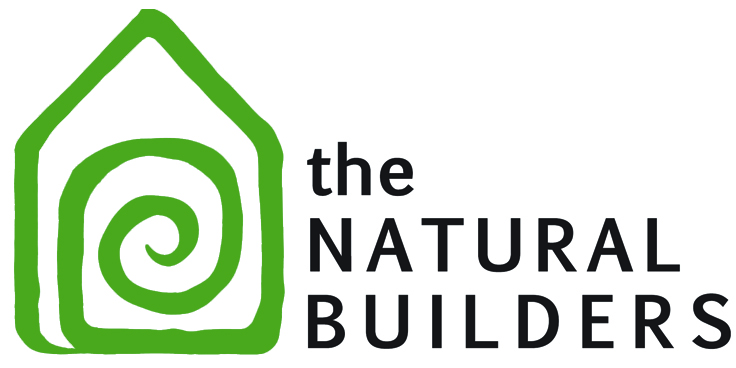Policy, codes and standards
Policy can be used to imply many forms of action within an organization, between organizations, or from the position of a nation or regions governance. In the broadest sense policy can range from value suppositions be they environmental, social or economic to more specific guidelines for action as in procurement policies or building codes. These rules of engagement often become the factors that largely guide the development of various programs.
We have worked in various aspects from producing testing of building materials for the production of building codes, to authoring interagency policy frameworks. In the line of policy advocacy we can clearly see the importance of policy that is built on the framework of good operational practices.
Policy
Policy influences so much of what happens in the world. Government and Non-profit and Corporate procurement policy for example are core drivers in how commerce happens in various regions of the world. We view policy as a core aspect of influence over a more sustainable planet. If a policy does not specify socially or environmentally responsible procurement than it is simply leaving space for poor practices. In our work, we help to nurture governing policy by making the case for more socially and environmentally inclusive policies. Embedding values in a procurement policy is a key mechanism for example to reversing the negative effects of destructive marketplace activities in a region. Switching from unspecified lumber to a lumber that as gone through a certification process for example, this can have huge positive impacts on a project, a company and region.
Codes
We use code everyday, in our use it is typically related to building and development. In the adaption of traditional building materials to modern methods we have had to evolve our understanding of the structural performance of various materials. Though it may seam at odds that material techniques in use for only a few decades have more evolved codes than those in use for centuries, this has in essence developed hand in hadn’t with the commodity marketplace. For example the extensive use of wood construction in earthquake and hurricane prone areas has developed hand in hand with the steel industry and small engineered wood connectors.
Developing modern codes for traditional/natural materials takes time, it requires the careful consideration of assemblies and the testing of components and full assemblages. We consider any work supporting code development to be work that opens the possibility for innovation. Each nation, and indeed each region may have its own specific codes regarding land us or technology development, navigating existing parameters and backfilling the knowledge for innovation is our specialty.
Standards
Standards allow an operation to flow within a specified framework. Establishing them in procurement process helps to narrow the scope of acceptable materials, the thickness of a rope, it breaking strength or composition, each detail make a difference where a housing/shelter program is concerned. In human workflows as Standard Operating procedures (SOPs) they can increase efficiency by clearly identifying tasks, the reasons for the task, the relevant tools and techniques for the task and relevant safety considerations. As a company we look at production standards as the known knowns that can easily be streamlined in a project to ensure success.
